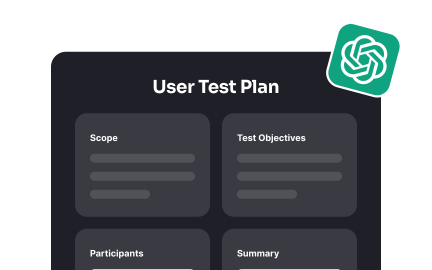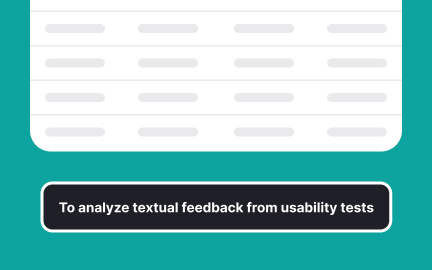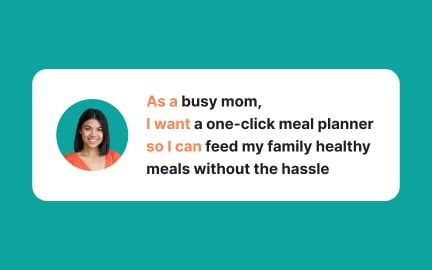ChatGPT
ChatGPT is an AI-powered conversational tool that generates human-like responses, supporting design, product management, and user experience with interaction.
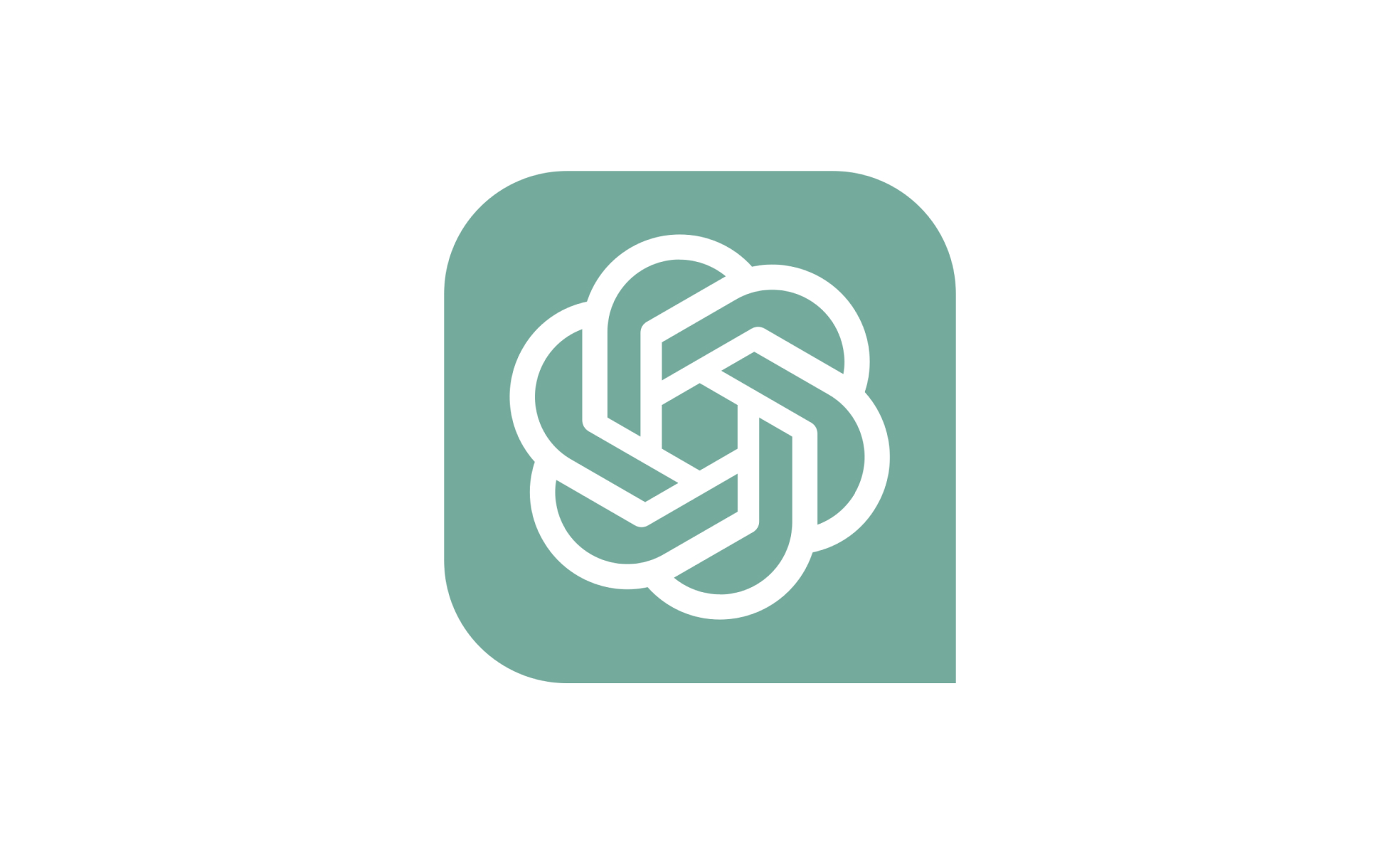
ChatGPT is a conversational AI model developed to simulate natural dialogue with users. It is capable of understanding context, generating coherent responses, and providing information across a wide range of topics. In the realm of digital products, it is often integrated into interfaces as a chatbot or assistant, offering guidance, content creation, and real-time support. Its adaptability allows it to serve multiple roles, from customer-facing tools to internal productivity enhancers.
In UX and UI design, ChatGPT enables more dynamic interactions. Designers use it to prototype conversation flows, simulate user queries, and test how a digital assistant might respond in different scenarios. This supports the creation of more intuitive and human-like chatbot interfaces. For example, customer service portals benefit from ChatGPT’s ability to handle repetitive questions, freeing human agents to focus on complex issues. A well-designed interface ensures that AI-generated responses remain easy to follow and consistent with brand tone.
Product managers view ChatGPT as a strategic tool for both product features and workflows. It can power in-app support systems, generate product documentation drafts, or even assist with analyzing customer feedback. For instance, a project management app might integrate ChatGPT to help users draft meeting agendas or summarize past activity. By embedding this AI, managers enhance usability and streamline tasks, aligning the product more closely with user needs.
Real-world examples highlight ChatGPT’s growing influence. Platforms like Duolingo use conversational AI to provide language practice in a natural format. Customer support systems across industries now rely on ChatGPT-like models to resolve issues instantly and scale interactions without requiring massive staffing. Even design teams themselves use AI assistants to generate copy, brainstorm features, and speed up iteration cycles, integrating the model into daily workflows.
Learn more about this in the Writing Effective Prompts in ChatGPT Lesson, a part of the Enhancing UX Workflow Course.
Key Takeaways
- ChatGPT enables natural, conversational interactions within digital products.
- Designers use it to build intuitive chatbot and assistant interfaces.
- Product managers apply it to customer support, content, and workflow automation.
- Real-world adoption spans education, support, and productivity apps.
- Oversight, accessibility, and ethical safeguards are essential for trust.
ChatGPT is used to prototype conversational interfaces, simulate real user questions, and create natural dialogue flows. Designers rely on it to test chatbot interactions and refine how responses appear in context, ensuring they meet both usability and accessibility requirements.
In addition, it helps generate placeholder content during design iterations, saving time for teams. Instead of static text, designers can showcase dynamic conversation scenarios that better represent real-world use cases.
Product managers use ChatGPT to extend product functionality and streamline workflows. It can power in-app assistants, generate user documentation, and summarize feedback, making decision-making more evidence-driven. By embedding it in customer-facing features, managers can reduce support load and improve satisfaction.
Internally, ChatGPT also supports strategic planning by assisting in brainstorming, analyzing large text data, and creating early drafts of communications or specifications. These efficiencies accelerate iteration and free up time for high-value activities.
Challenges include accuracy, bias, and transparency. While ChatGPT generates fluent responses, not all answers are reliable, so clear escalation to human agents is crucial. Bias in training data can also influence outputs, requiring ongoing monitoring and refinement.
Another challenge lies in privacy and data handling. Products must be transparent about how conversations are processed, especially in sensitive fields. Addressing these challenges responsibly ensures that ChatGPT integration builds trust instead of undermining it.
Recommended resources
Courses

Enhancing UX Workflow with AI

AI Fundamentals for UX

AI Prompts Foundations
Lessons

AI’s Role in Text Generation and Modification

AI Limitations in User Research

Writing Effective Prompts in ChatGPT
Exercises
Tutorials

How to Make the Most Out of ChatGPT for UX Writing: Part 1

15 Examples of Enhancing a UX Designer's Workflow with ChatGPT

ChatGPT for Product Managers: 10 Prompts That Will Save You Hours
Projects

User Persona | UX Research
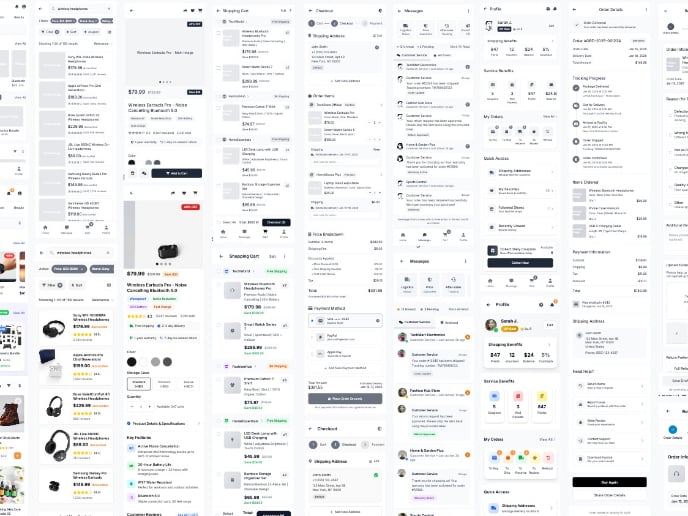
EaseBuy







